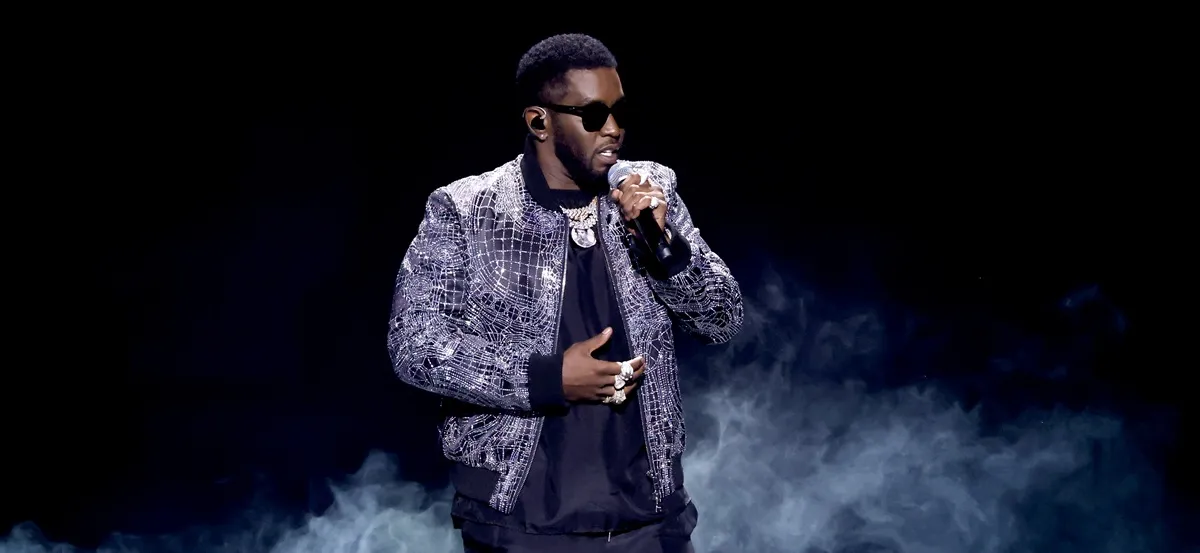Joseph Gordon-Levitt Said 1 ‘500 Days of Summer’ Scene Was ‘Exactly What I Would Have Hoped For’
There are few if any romantic comedies that have surpassed 500 Days of Summer since it first hit theaters in 2009. Even now, the movie mostly holds up as a fun, but emotional examination of the complexities of modern dating that uses plenty of creative tricks to tell its story.

The scene that exemplifies this the most is the “Expectations vs. Reality” scene in the second act. According to Joseph Gordon-Levitt, the scene was as fun to make as it is to watch. He spoke about the production process for it during a Vanity Fair video about notable moments in his career.
What makes the ‘Expectations vs Reality’ scene so special?
Pursuing new relationships is all about hope, even if the evidence for such optimism is sorely lacking. 500 Days of Summer understands the tension between attempting to fulfill utopian dreams of romance and the bitter confirmation that the other person doesn’t think of you in the same way.
In the lead-up to this scene, Tom is reeling from Summer’s decision to break up with him. His depressed state makes him worse at his job as a greeting card writer, and a blind date with a woman named Alison ends with him drunkenly singing “Train in Vain” by The Clash in a karaoke bar. (Alison smartly leaves before he finishes the song.)
Tom and Summer reunite at a mutual friend’s wedding and have a great time. She invites him to a dinner party, and Tom, who’s spent most of the movie misreading Summer’s behavior to suit his worldview, takes this as a chance to rekindle their relationship.
Soundtracked by Regina Spektor’s “Hero”, 500 Days presents the party in a split-screen showing what Tom wants to happen at the party – Summer realizing that he’s the love of her life – and what actually happens – the two of them exchanging awkward pleasantries before Tom notices Summer has an engagement ring on her hand, compelling him to leave the party in a wounded huff.
The scene is so poignant because of its craft and its reliability. Everyone has been Tom in some situation, and boy does it suck. And it’s not like Summer does anyone to antagonize him at the party. She just treats him like another person at the party, just someone she dated for a little while, and that’s what breaks his heart.
Gordon-Levitt remains proud of how the scene turned out
Gordon-Levitt was excited to shoot this scene based on the script, but the finished product surpassed even his ambitions. “It’s such a good idea from a writing perspective, and it’s also so well executed from a filmmaking perspective,” the actor told Vanity Fair.
“So this is just one of those moments where you read it in a script and you’re like ‘oh, that’s cool,’ and then you see it and you’re like ‘wow, that’s exactly what I hoped for,’ and that doesn’t always happen when you try new things. They just really nailed it.”
Executing a scene like this at a high level takes real forethought and the ability to communicate that thought with the actors and production staff, two skills Gordon-Levitt credits director Marc Webb with showing while they made 500 Days.
The scene was the result of simple, but smart decisions
Gordon-Levitt explains that both versions of the scene were mostly shot with the same camera angles, simplifying the differences between “expectations” and “reality” for the actors and providing a level of clarity for what Webb wanted from him and Zooey Deschanel. “He knew exactly what this was gonna be. That’s not what usually happens when you’re acting in a movie,” he said.
“You don’t know exactly what it’s gonna look like or how it’s gonna turn out or what the director’s doing with the camera, because oftentimes the director doesn’t even know exactly [because] they’re gonna shoot a bunch of stuff and then cut it together later. It’s really down to the director to make sure to keep us well informed enough that we could do that and keep it clear and distinct between the two versions that the audience has seen.”
Gordon-Levitt also praises Webb for his use of the color blue in relation to Summer throughout the movie, as well as the smooth camera pan as Tom sees the engagement ring on Summer’s finger, and reality becomes too clear to ignore. “That takes real foresight. To pull off something as graceful and elegant as that, you have to have really planned it and sort of watched it in your mind before you even shot it.”


